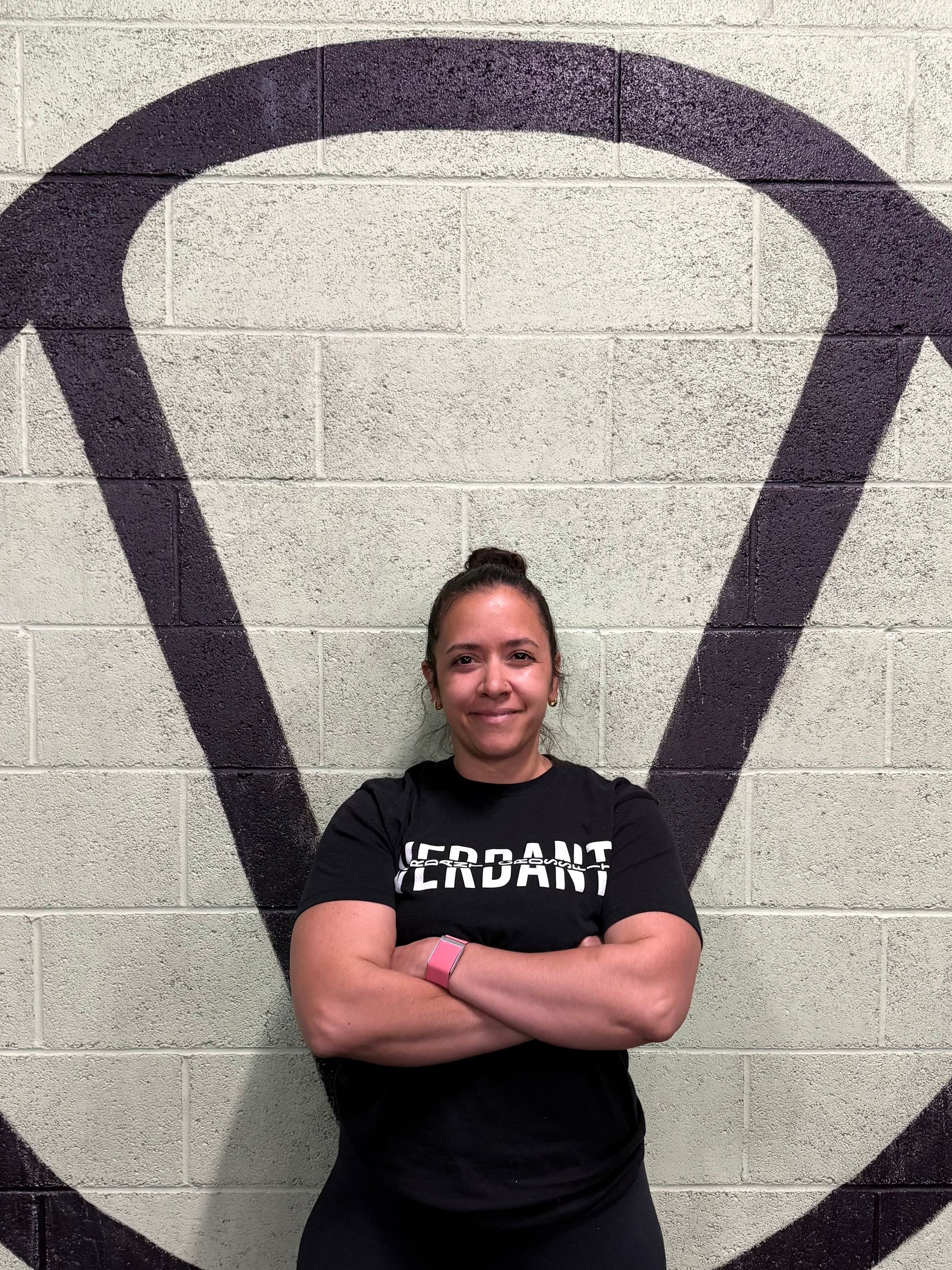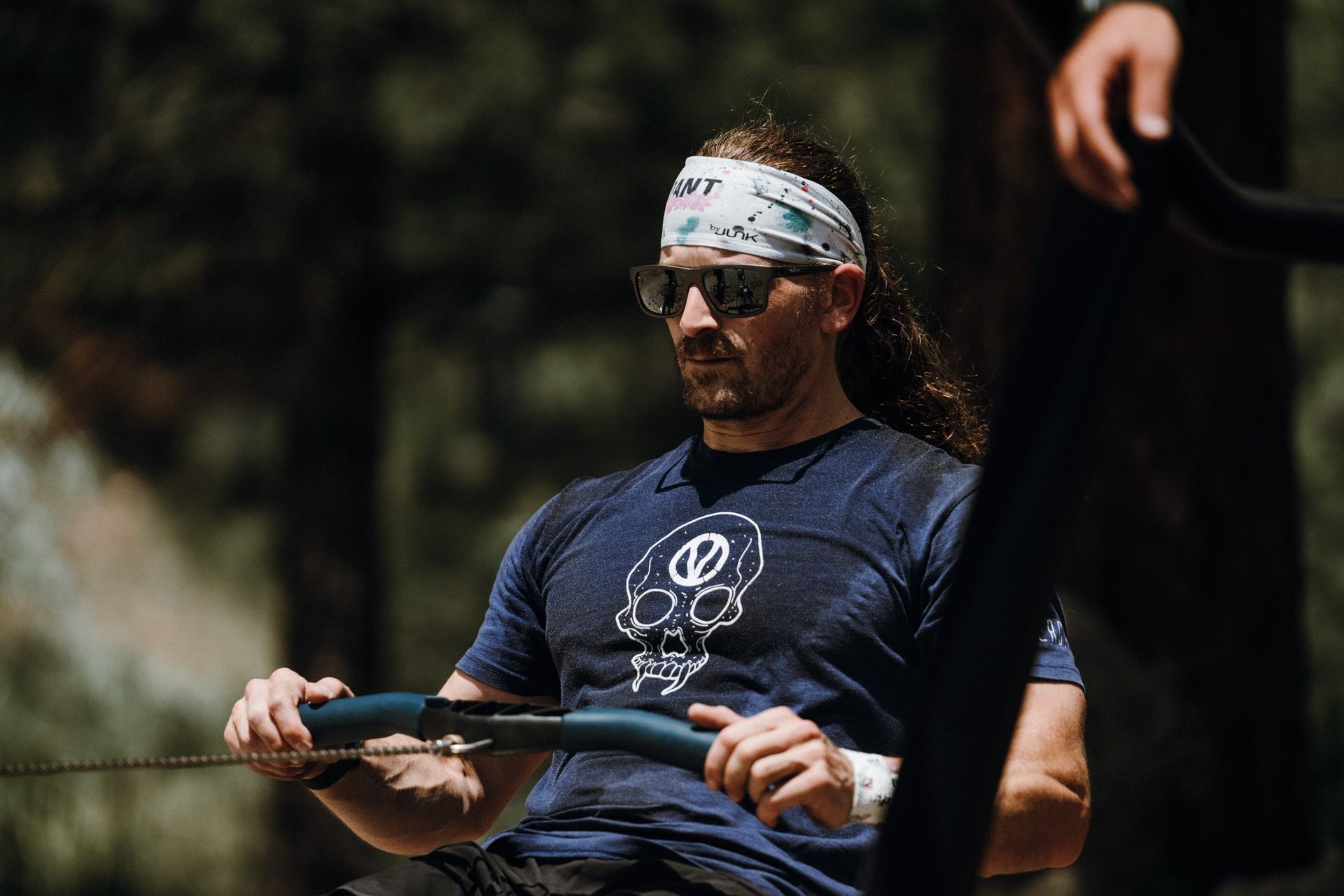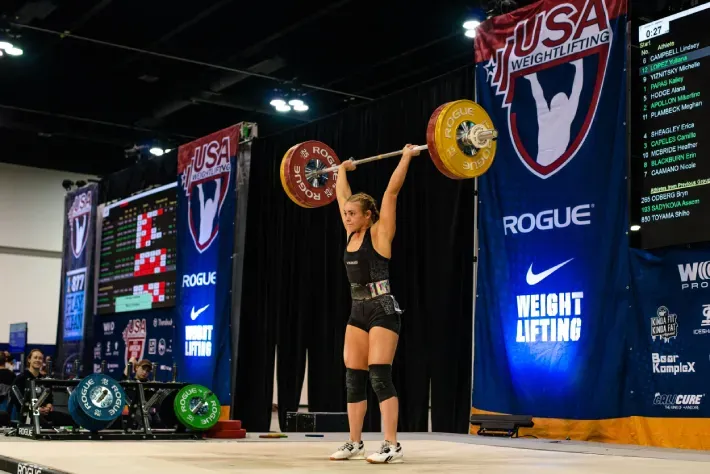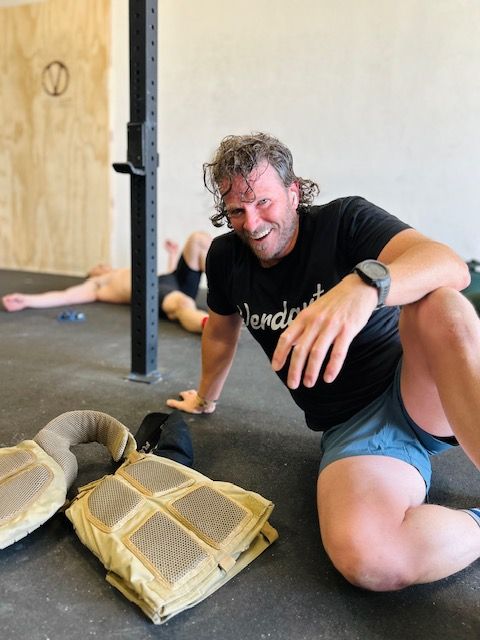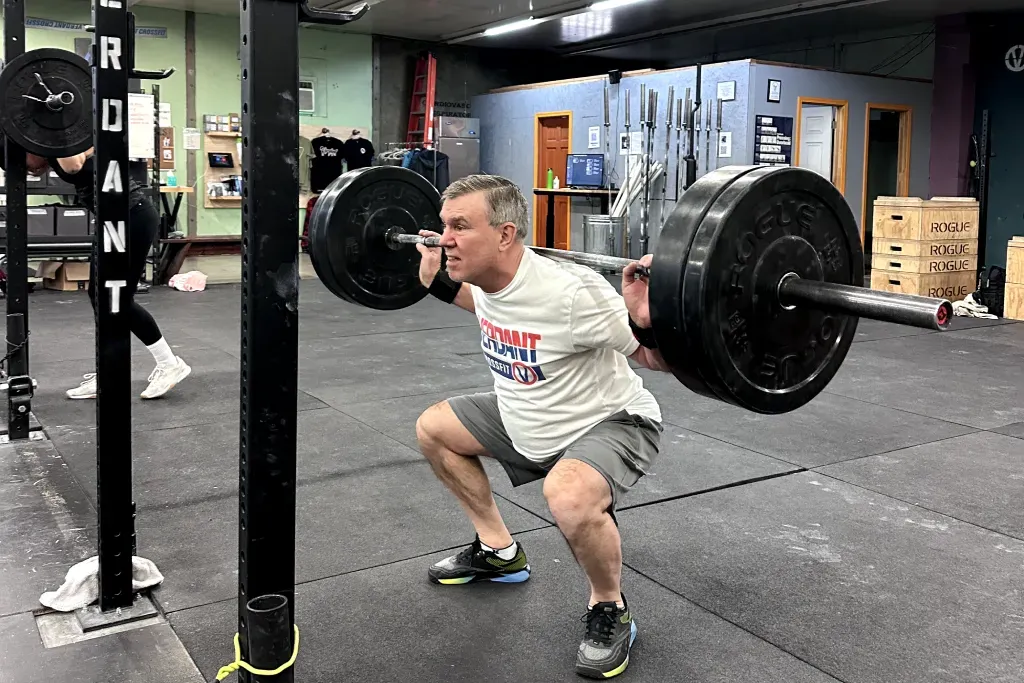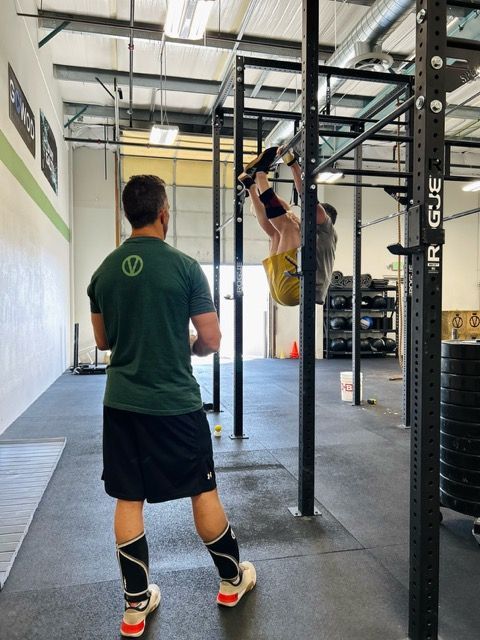Small Business vs Corporations
The Truth About CrossFit Affiliates: Independently Owned Small Businesses at the Core of the CrossFit Movement
When people hear the word "CrossFit," they often picture high-intensity workouts, community-driven fitness events, and perhaps even the spectacle of the CrossFit Games. What many do not realize, however, is that the vast majority of CrossFit gyms—also known as CrossFit affiliates—are not owned by a centralized corporate entity. In fact, CrossFit’s affiliate model is unique within the fitness industry precisely because it prioritizes independence, entrepreneurship, and local ownership over corporate control.
This article will explore what it truly means to be a CrossFit affiliate, why these gyms are not part of a traditional franchise system, and how the decentralized nature of CrossFit supports small business ownership and local community building. We'll debunk the common misconception that CrossFit affiliates are part of a revenue-sharing empire or beholden to a larger corporate chain, and shed light on the foundational principles that make the affiliate model one of the most grassroots and empowering structures in the fitness world today.
The Affiliate Model: Independence by Design
Before we get much further into CrossFit as a small business, it’s probably important to establish some BASIC pieces of what makes a CrossFit affiliate. CrossFit is not a franchise. It is a brand that offers an affiliate model—an approach that has more in common with independent artisan coffee shops than it does with global gym chains. To become an affiliate, an individual must meet a few basic requirements:
- Complete the Level 2 Certificate Course, which ensures that the affiliate owner has a foundational understanding of CrossFit methodology and can coach others safely and effectively.
- Apply to use the CrossFit name by submitting an application that includes a business plan, a location, and a statement of intent.
- Pay an annual licensing fee, which grants the business the right to use the "CrossFit" name in their branding.
That’s it. There are no demands for profit-sharing. No royalties. No rigid operational mandates. Once an affiliate is approved, they operate entirely on their own terms. They choose their own pricing, programming, marketing strategy, coaching staff, facility layout, and member engagement model. They own their business.
This degree of freedom is rare in the fitness industry. Franchise models such as those employed by Orangetheory Fitness, F45, and Planet Fitness involve detailed and sometimes intrusive controls on how a gym is run, often down to brand aesthetics, music playlists, and approved equipment suppliers. Those businesses are answerable to a parent corporation that typically takes a percentage of monthly revenue and exerts oversight into every facet of operations.
By contrast, a CrossFit affiliate is a business that exists independently. CrossFit LLC does not take a percentage of revenue, does not own any portion of the affiliate’s assets, and has no authority over how the affiliate chooses to structure its business or serve its community. This is not a technicality—it is a deliberate choice built into the DNA of the CrossFit movement from the beginning. As a business owner, the looseness of CrossFit’s model is both a boon and a curse. A lot of people who are new to CrossFit usually think that a CrossFit membership at CrossFit Blue is also a membership at CrossFit Red.
No Revenue Sharing, No Market Carving
Because CrossFit does not participate in the revenue generated by its affiliates, there is no incentive for the parent company to “extract value” from them. The $4,500 annual fee (as of 2025) to license the CrossFit name is the only financial transaction between CrossFit LLC and the affiliate. The affiliate keeps every other dollar it earns.
There are no profit-based royalties, no tiered marketing assessments, and no shared gross revenue pools. Affiliates are not required to report their earnings to CrossFit. This allows owners to reinvest profits back into their gyms—hiring coaches, improving facilities, offering member benefits—without being siphoned by a distant corporate entity. These are some of the more positive aspects of affiliate ownership.
On the other side of the coin, CrossFit does not create protected markets or enforce territorial boundaries. In a franchise system, a corporate headquarters typically grants geographic exclusivity to franchisees to prevent competition within the brand. Not so with CrossFit. Multiple affiliates may operate in close proximity to one another, and each one is free to innovate, differentiate, and cultivate their own unique culture.
This lack of market segmentation might seem counterintuitive at first, but it fosters diversity, innovation, and quality through natural selection. Since no affiliate can rely on brand exclusivity, they must deliver an exceptional experience to retain members. The result is a landscape of varied and passionate small businesses, each putting its own spin on CrossFit’s core methodology.
Small Business at the Heart of Every Affiliate
Each CrossFit affiliate is a reflection of the person or team behind it. The owner is often the head coach, community leader, janitor, and business strategist all in one. They are on the floor coaching classes at 6:00 a.m., answering emails between sets, and updating the whiteboard for the next day's WOD. The CrossFit affiliate model enables—and demands—entrepreneurial effort, creative problem-solving, and direct human connection.
Most affiliate owners are not investors or corporate entities. They are former athletes, military veterans, parents, healthcare professionals, or fitness enthusiasts who found meaning in CrossFit and wanted to share it with others. They put their own capital on the line, sign their own leases, and build their communities one athlete at a time.
This is “small business” in the truest sense. CrossFit affiliates (in general) are not beholden to shareholders, venture capitalists, or public earnings reports. Their success depends not on branding alone but on service, trust, and consistent value. The community aspect of CrossFit—the camaraderie, accountability, and shared struggle—is forged precisely because the people running the gym live and breathe that community alongside their members.
Local Impact, Global Movement
The paradox of the CrossFit affiliate model is that while each gym is independent and locally operated, the global CrossFit movement is stronger than ever. More than 12,000 affiliates worldwide serve hundreds of thousands of members, yet no two gyms are identical. The programming at a CrossFit box in Cape Town may differ significantly from one in Boston, but both are tethered to the same foundational principles: constantly varied functional movement performed at high intensity, scalable to any level of fitness.
This diversity is a strength. It allows each affiliate to serve the specific needs of its community, whether that's competitive athletes, elderly populations, first responders, or complete beginners. An affiliate in a rural town might run a hybrid fitness and social club, while one in a dense urban center might focus on high-performance training for working professionals. The point is: each gym decides what matters to its people.
CrossFit’s global footprint is the sum of thousands of micro-communities, each run by an owner who is personally invested—financially, emotionally, and physically—in the health and well-being of their members. This hyper-local focus yields trust, accountability, and longevity in a way that top-down, corporate gym models simply cannot replicate.
Innovation from the Ground Up
Another powerful benefit of the affiliate model is innovation. Since CrossFit HQ does not impose a singular way of doing things, affiliates are free to experiment. Whether that means running nutrition challenges, hosting local competitions, partnering with schools or health clinics, or adopting new technology to enhance coaching, affiliates are often on the leading edge of fitness experimentation.
Some of CrossFit’s most successful movements and ideas originated not from headquarters but from individual affiliates. Concepts such as kids' programs, adaptive athlete training, and community fundraising WODs (like “Murph” on Memorial Day) have all grown organically from the affiliate base.
Rather than suppressing innovation in the name of brand uniformity, the CrossFit model encourages it. When one affiliate develops a best practice, others often adopt it—not because they are required to, but because it works. In this way, the CrossFit community functions as a decentralized network of ideas, empowered by the autonomy of its individual nodes.
A Different Kind of Fitness Economy
In a world where big-box gyms often treat members like commodities and owners like franchise operators, CrossFit’s affiliate model offers something profoundly different: a grassroots, human-centered approach to fitness. Each gym is a small business serving real people. Each owner is a leader, a risk-taker, and a contributor to the health of their community.
There is no CrossFit “market share” to be claimed by a corporate boardroom. There are only individual affiliates doing the daily work of coaching, encouraging, and transforming lives.
While the CrossFit brand provides legitimacy, visibility, and a shared language, the affiliate model ensures that power and ownership remain in the hands of those who earned it. This is a rare and principled stance in an industry that often trends toward consolidation, franchising, and control.
In Summary: The Power of Independence
CrossFit affiliates are not corporate franchises. They are independently owned and operated small businesses. There is no revenue sharing. There are no enforced territories. There is no central control over programming, pricing, or operations. What unites these gyms is a shared commitment to improving lives through functional fitness—and the belief that entrepreneurship and community are better drivers of success than bureaucracy and uniformity.
For prospective members, understanding this truth can change how they view their local gym. They aren’t walking into a branch of a massive fitness conglomerate—they’re stepping into someone’s dream, someone’s life work, someone’s purpose.
For affiliate owners and coaches, this model offers the opportunity to build something real and lasting, something that reflects their values and serves their community on a human scale.
CrossFit doesn’t own its affiliates. And that’s exactly why they thrive.
